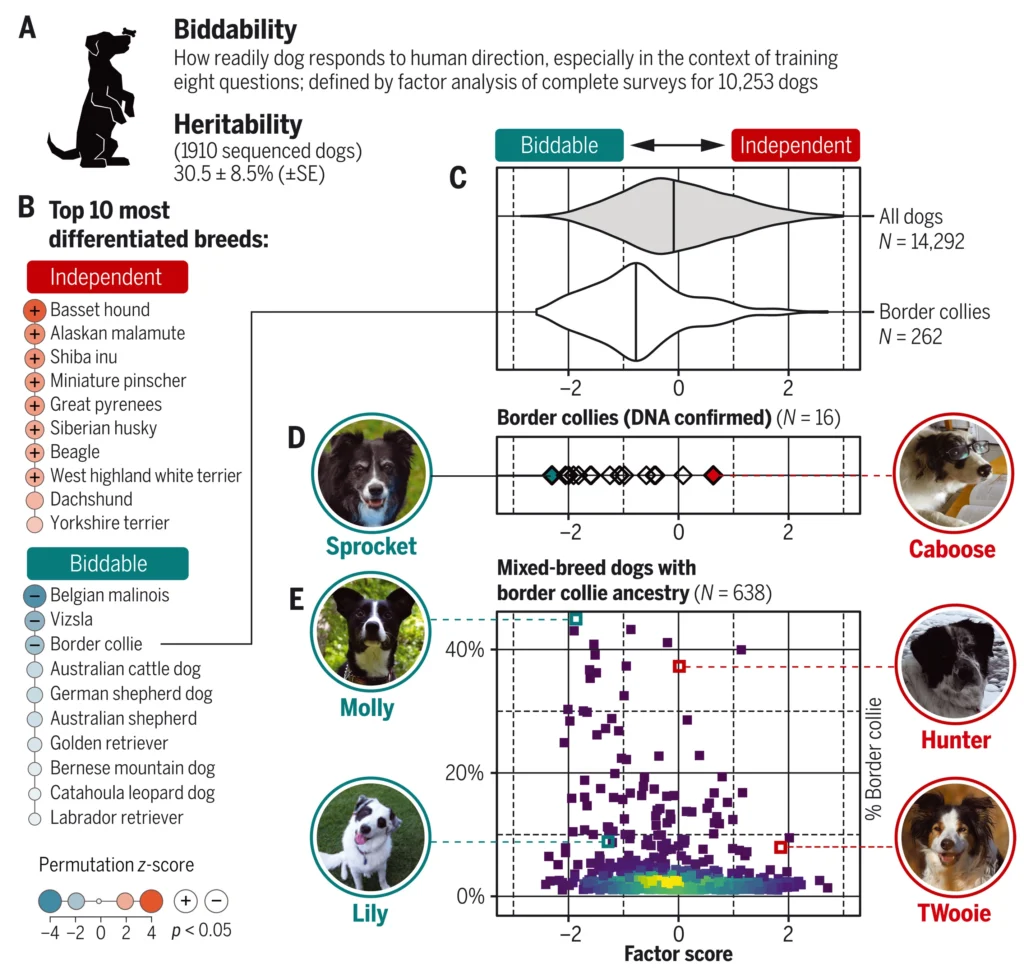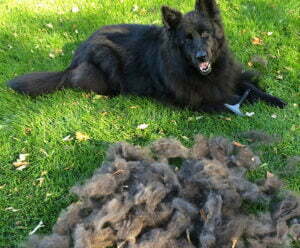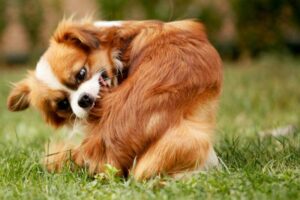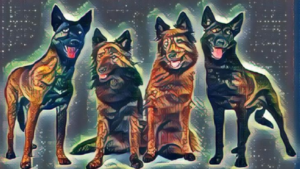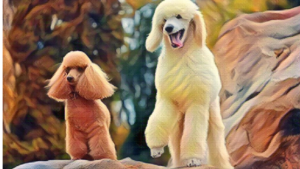Best Dog Food for Shedding Shedding can be a real...
Read More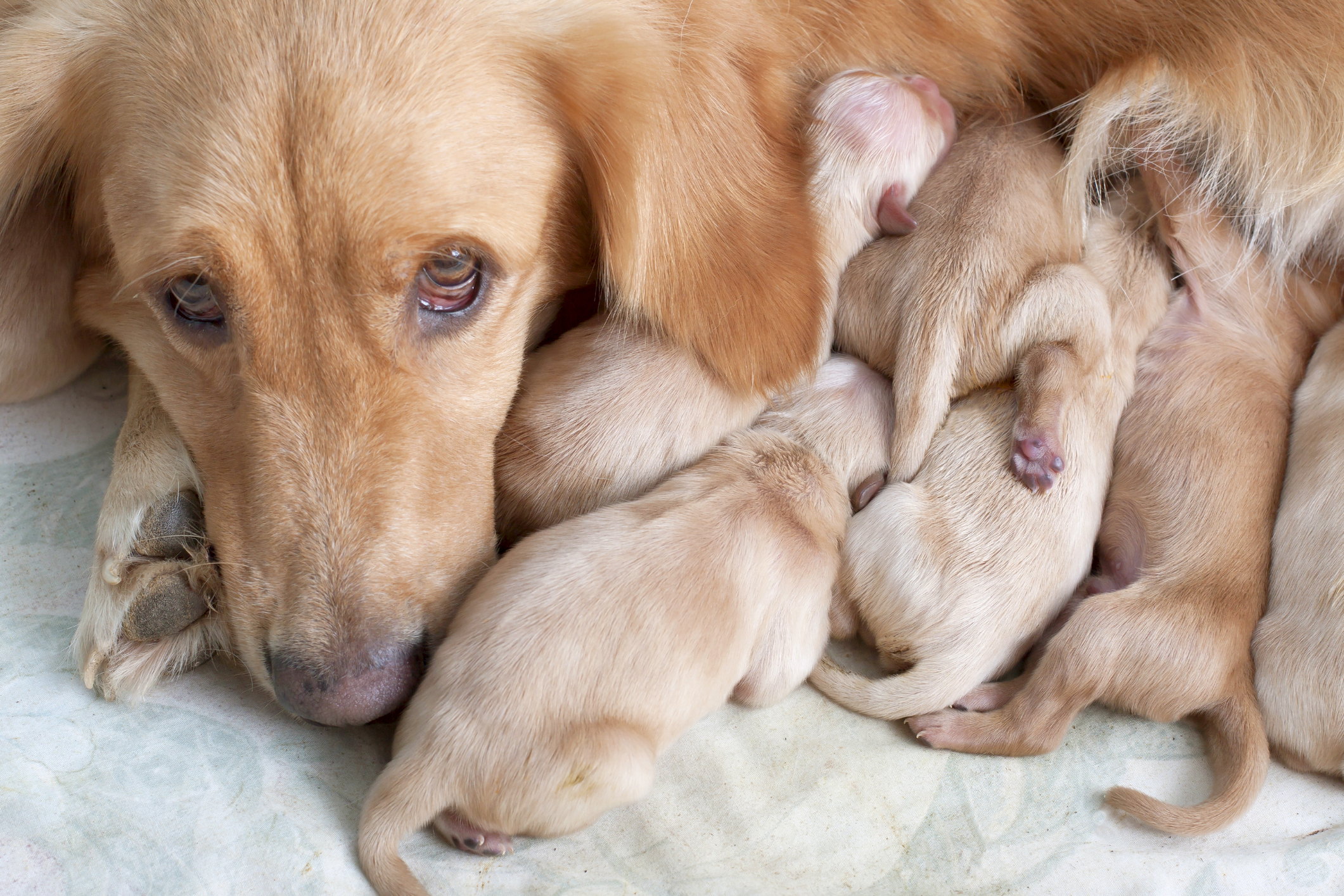
Dog Breeding Methods
Dog breeding is not as simple as you think. Many responsible pet owners are getting purebred dogs nowadays because they want specific dog breeds. However, even on a similar multiplies, dog breeding lines are inclined to produce different dog traits and types of dogs. That is why it is important to have the right knowledge before you start dog breeding. If you don't have the right knowledge, you won't be able to produce the desired dog breed. Therefore, if you want to be a successful dog breeder, make sure that you have the necessary knowledge and skills. Thanks for reading!
While there are many different dog breeds in the world, not all of them are purebred. In fact, many dog breeders are now purposely breeding dogs of different breeds in order to create new, unique hybrid dog breeds. However, when it comes to purebred dogs, breeders should be mindful of the breed standards. These standards are set forth by the Kennel Club and provide guidance on everything from the dog's appearance to its temperament. While some breeders may allow their personal preferences to influence their breeding decisions, it is important to remember that the goal should be to produce healthy, well-rounded dogs that meet the breed standard. By adhering to the breed standard, breeders can help ensure that their dogs will be able to compete in dog shows and other events. Additionally, following the breed standard can help boost the dog's chances of being successfully bred in the future. Ultimately, being mindful of the breed standards is essential for any breeder who is interested in producing high-quality dogs.

